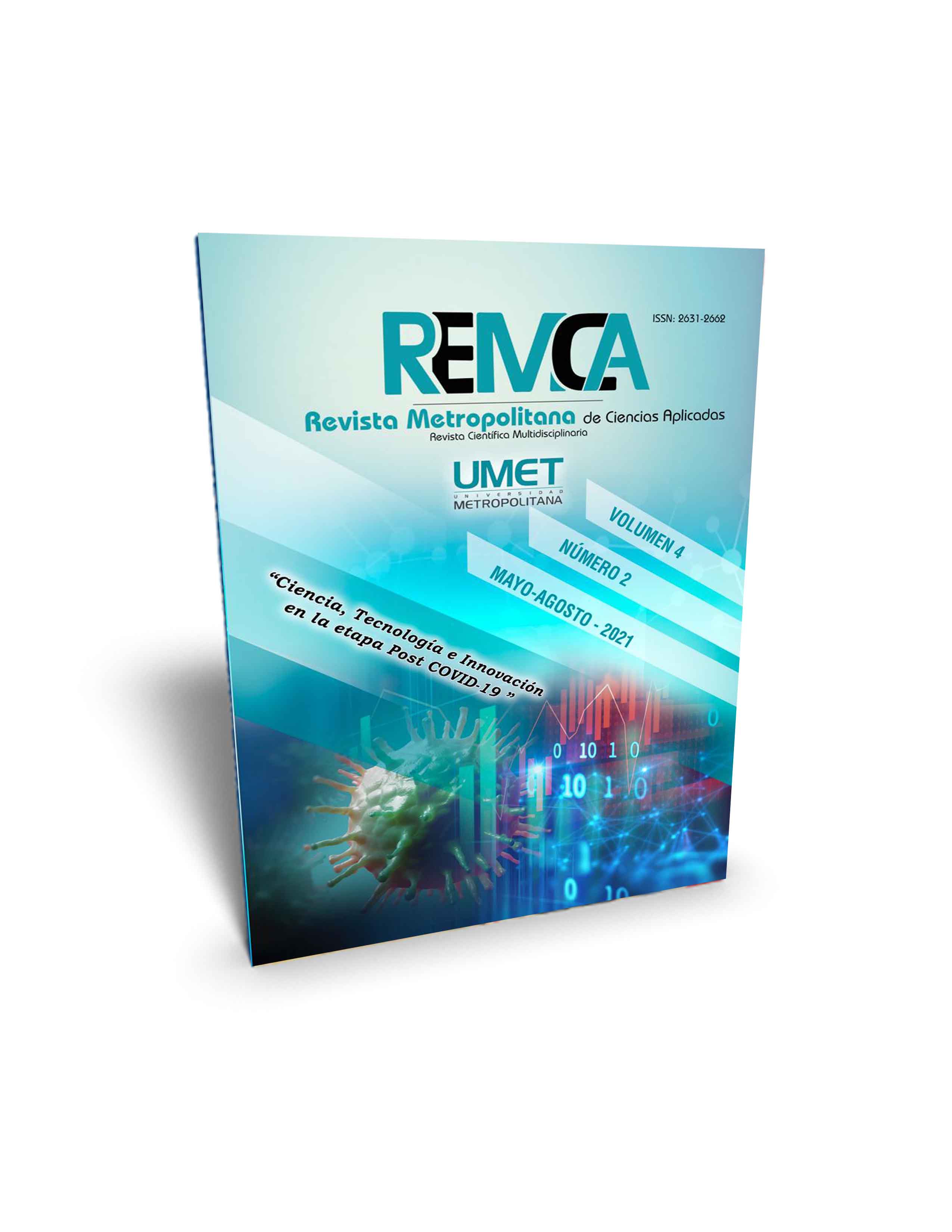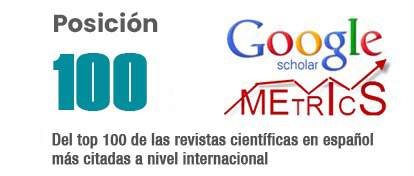Gestión de agronegocios de la tilapia roja (Oreochromis Spp. O) y su comercialización
DOI:
https://doi.org/10.62452/2283kc03Palabras clave:
Sector acuícola, rentabilidad, tilapia roja, economíaResumen
La producción de Tilapia Roja (Oreochromis spp. O) ha mantenido una participación destacada a nivel mundial cuya producción sobrepasa el millón de toneladas. En el Ecuador la Tilapia Roja es el segundo cultivo de mayor participación económica, donde la provincia de Guayas y El Oro son las que más desarrolladas tienen la actividad. El presente estudio, tiene el objetivo de evaluar la gestión del agronegocio de la Tilapia Roja y su comercialización en la parroquia Puerto Jelí, perteneciente al cantón Santa Rosa de la provincia de El Oro, Ecuador. Se empleó un método de investigación deductivo y analítico, obteniendo información mediante un cuestionario dirigido a los moradores. Se utilizó un diseño metodológico descriptivo de corte transversal con variables categóricas y cuantitativas. Los resultados revelaron que la Tilapia es el segundo tipo de pescado de mayor consumo en Puerto Jelí, cuya frecuencia de consumo es de una vez a la semana, mientras que el precio que están dispuestos a pagar es de $1,50 a $2,50, y la característica principal al momento de comprar que consideran las personas es la frescura. Esto denota que la comercialización de Tilapia es una alternativa viable de agronegocio que genera rentabilidad contribuyendo en la estabilidad económica.
Descargas
Referencias
Castillo, C., & Dueñas, V. (2013). análisis técnico-financiero de producción de tilapia incorporando tecnología en la post-cosecha. https://core.ac.uk/download/pdf/71902092.pdf
Ecuador. Gobierno Autónomo Descentralizado Municipal del Cantón Santa Rosa. (2015). Plan de Desarrollo y Ordenamiento Territorial 2015. https://odsterritorioecuador.ec/wp-content/uploads/2019/04/PDOT-PARROQUIA-SANTA-ROSA-2015-2019.pdf
García, A., Gil, S., & Flóres, L. (2016). Biocomercio: una práctica empresarial en el cultivo y exportación de la Tilapia Roja para mejorar el sector piscícola en Colombia, caso de estudio en el departamento del Huila 2005-2013. (Trabajo de grado). Universidad de La Salle.
Guzmán, J. (2015). Estudio de factibilidad para la instalación de una piscifactoría de Tilapia Roja (oREOCHROMIS sP.) para el mercado de Pasaje – El Oro. (Tesis de pregrado). Universidad Técnica de Machala.
Iñaguazo, J., Carvajal, H., & Vite, H. (2021). Investigación de mercado para crear una Pymes encargada de la postcosecha y comercialización de hortalizas orgánicos en el cantón Chilla. Revista Metropolitana de Ciencias Aplicadas, 4(1), 155–166.
Jácome, J., Quezada, C., Sánchez, O., Pérez, J., & Nirchio, M. (2019). Tilapia en Ecuador: paradoja entre la producción acuícola y la protección de la biodiversidad ecuatoriana. Revista Peruana de Biologia, 26(4), 543–550.
Méndez, Y., Pérez, Y., Torres, Y., & Reyes, J. (2018). State of the art of Cultivation of red Tilapia in the Largest of Antillas Island. Biotecnia, 20, 15–16.
Organización de las Naciones Unidas para la Alimentación y la Agricultura. (2005). FAO Fisheries & Aquaculture National Aquaculture Sector Overview (NASO). http://www.fao.org/fishery/countrysector/naso_ecuador_es/en
Organización de las Naciones Unidas para la Alimentación y la Agricultura. (2016). Una mirada al extensionismo acuícola en ALC. 1–4. http://www.fao.org/3/a-i6016s.pdf
Organización de las Naciones Unidas para la Alimentación y la Agricultura. (2019). GLOBEFISH - Información y Análisis sobre el Comercio Mundial de Pescado. http://www.fao.org/in-action/globefish/marketreports/resource-detail/es/c/1242076/
Prado, E., Martínez, M., Urdaneta de Galué, F., Morris, A., & Rodríguez, C. (2018). Trends in knowledge management, intellectual capital and innovation in the supply chain of the bivalve mollusk industry “Anadara tuberculosa”. http://www.laccei.org/LACCEI2018-Lima/full_papers/FP396.pdf
Reyes, G., & Flores, J. (2012). Plan de negocio para la producción y comercialización de Tilapia Roja (Oreochromis mosssambicus X spp) en Managua, Nicaragua. https://bdigital.zamorano.edu/bitstream/11036/909/1/AGN-2012-T027.pdf
Turushina, N. (2019). Proyecto de Factibilidad para la Exportación de filete de Corvina y Róbalo congelado desde la “Asociación de Producción pesquera artesanal Puerto Jelí”, hacia el mercado de Madrid - España en el período 2017 – 2018. (Trabajo de titulación). Escuela Superior Politécnica de Chimborazo.
Tveteras, R., Nystoy, R., & Darryl, J. (2020). GOAL 2019: Revisión y pronóstico de la producción mundial de peces. https://www.aquaculturealliance.org/advocate/goal-2019-revision-y-pronostico-de-la-produccion-mundial-de-peces/
Zumbana, S. (2016). Plan de Negocios para exportar filetes De Tilapia desde la provincia De El Oro hacia el Mercado de Estados Unidos. http://186.3.32.121/bitstream/48000/9565/1/ECUACE-2016-CI-DE00104.pdf
Descargas
Publicado
Número
Sección
Licencia
Derechos de autor 2021 Esthefania Brigitte Arboleda Luzón, Abrahan Rodolfo Cervantes Alava, Eveligh Prado Carpio, Víctor Javier Garzón Montealegre (Autor/a)

Esta obra está bajo una licencia internacional Creative Commons Atribución-NoComercial-CompartirIgual 4.0.
Los autores que publican en la Revista Metropolitana de Ciencias Aplicadas (REMCA), están de acuerdo con los siguientes términos:
1. Derechos de Autor
Los autores conservan los derechos de autor sobre sus trabajos sin restricciones. Los autores otorgan a la revista el derecho de primera publicación. Para ello, ceden a la revista, de forma no exclusiva, los derechos de explotación (reproducción, distribución, comunicación pública y transformación). Los autores pueden establecer otros acuerdos adicionales para la distribución no exclusiva de la versión de la obra publicada en la revista, siempre que exista un reconocimiento de su publicación inicial en esta revista.
© Los autores.
2. Licencia
Los trabajos se publican en la revista bajo la licencia de Atribución-NoComercial-CompartirIgual 4.0 Internacional de Creative Commons (CC BY-NC-SA 4.0). Los términos se pueden consultar en: https://creativecommons.org/licenses/by-nc-sa/4.0/deed.es
Esta licencia permite:
- Compartir: copiar y redistribuir el material en cualquier medio o formato.
- Adaptar: remezclar, transformar y crear a partir del material.
Bajo los siguientes términos:
- Atribución: ha de reconocer la autoría de manera apropiada, proporcionar un enlace a la licencia e indicar si se ha hecho algún cambio. Puede hacerlo de cualquier manera razonable, pero no de forma tal que sugiera que el licenciador le da soporte o patrocina el uso que se hace.
- NoComercial: no puede utilizar el material para finalidades comerciales.
- CompartirIgual: si remezcla, transforma o crea a partir del material, debe difundir su creación con la misma licencia que la obra original.
No hay restricciones adicionales. No puede aplicar términos legales ni medidas tecnológicas que restrinjan legalmente a otros hacer cualquier cosa que la licencia permita.




